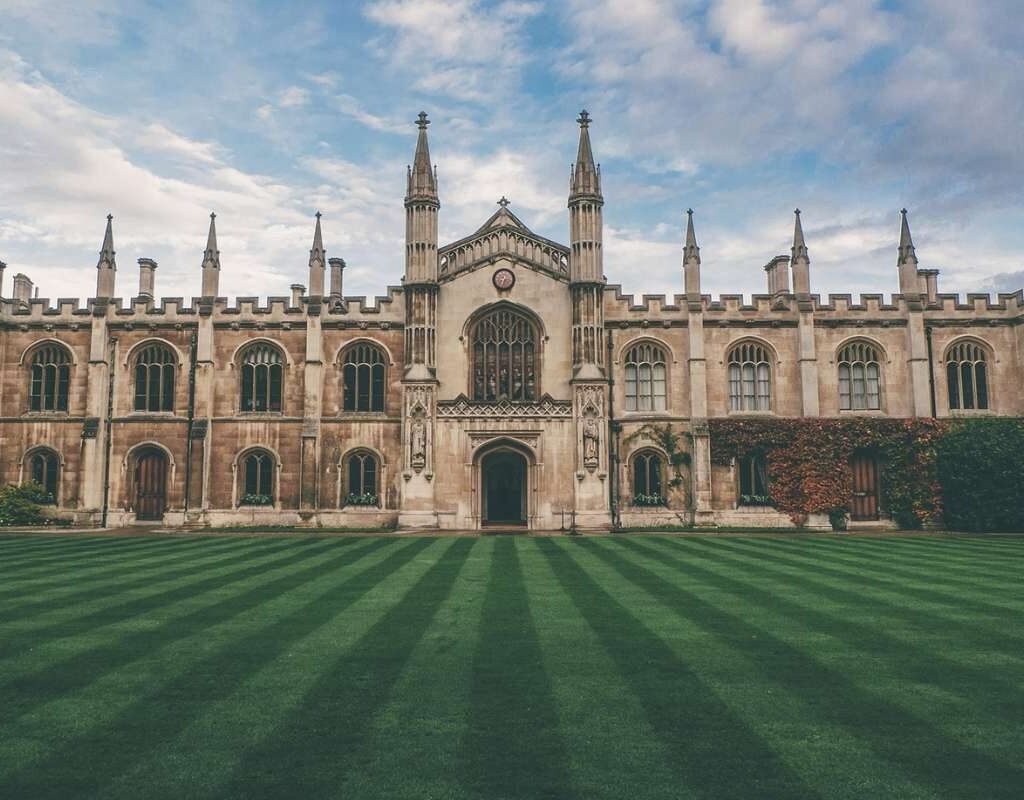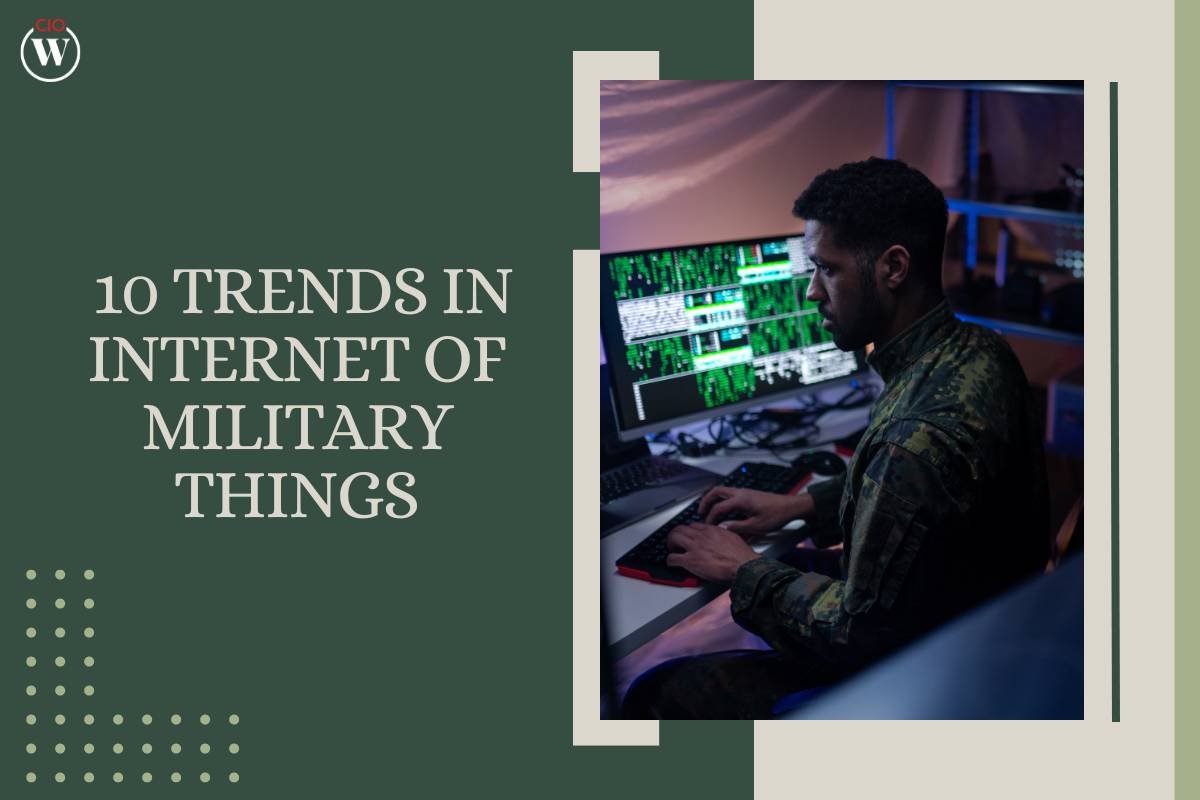Life is too short to pick a college that drains your wallet and your spirit.
Here is a playful wake-up call about the worst colleges in America, places where low graduation rates, poor value, lackluster campus life, and meager support make them, honestly, a drag. If you care about your future, especially if you are a woman hoping for supportive peers, strong academics, and safety, some schools are total snoozefests.
This article maps the 20 worst colleges in America, explaining why they earn that label, and shows why many women find them particularly “worst.”
Here’s the List of 20 Worst Colleges in America to Avoid
This list is not meant to defame anyone. It is carefully curated with facts, valid reasoning, and official sources to ensure credibility and fairness.
1. Florida Memorial University
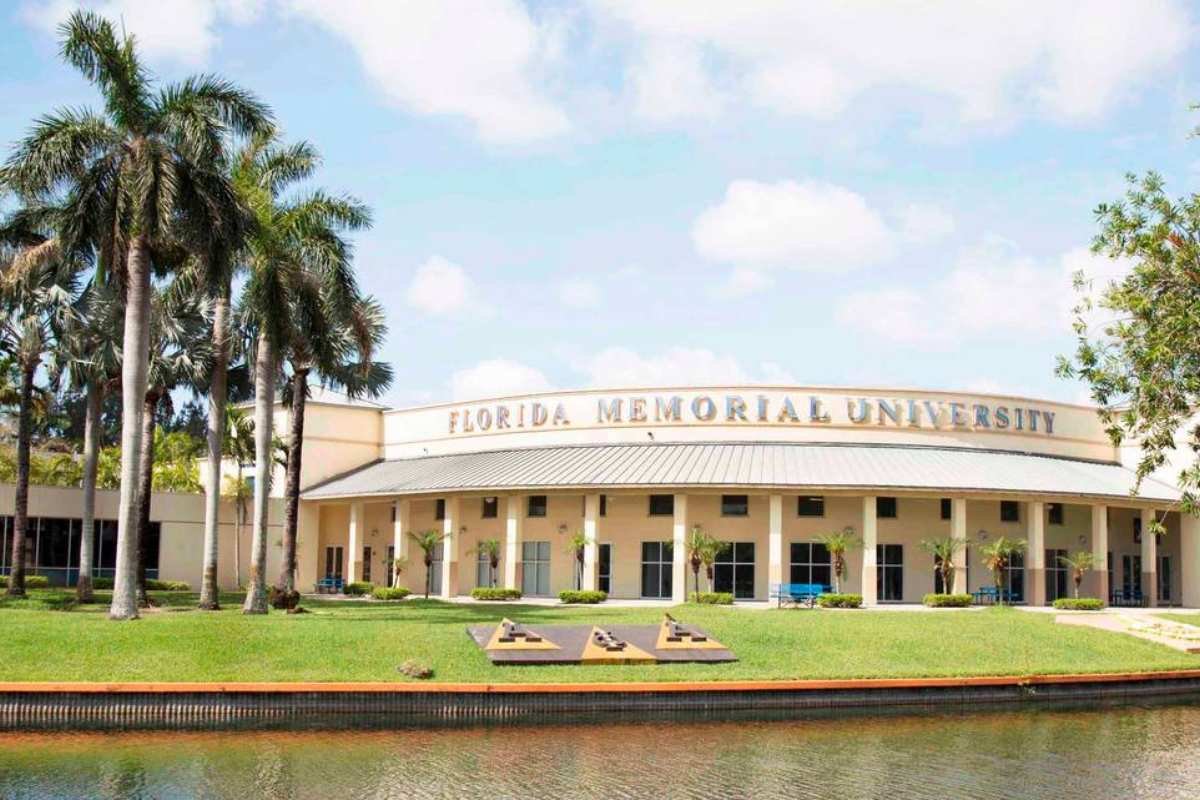
Florida Memorial University is frequently listed among the worst colleges in America for its low graduation rate and high student debt. With only about 38% of students completing their degrees, many leave with nearly $31,000 in loans and few job prospects. Women often feel under-supported, as resources for career guidance, networking, and safety are limited. The campus life lacks vibrancy, and programs for female leadership are minimal. The return on investment just doesn’t match the cost of attending. Though the school holds cultural value, academically and financially, it struggles. Many students report disappointment and regret after enrolling in the program.
- Issue: Only 38% of students graduate. The average debt is around $31,000.
2. Saint Augustine’s University
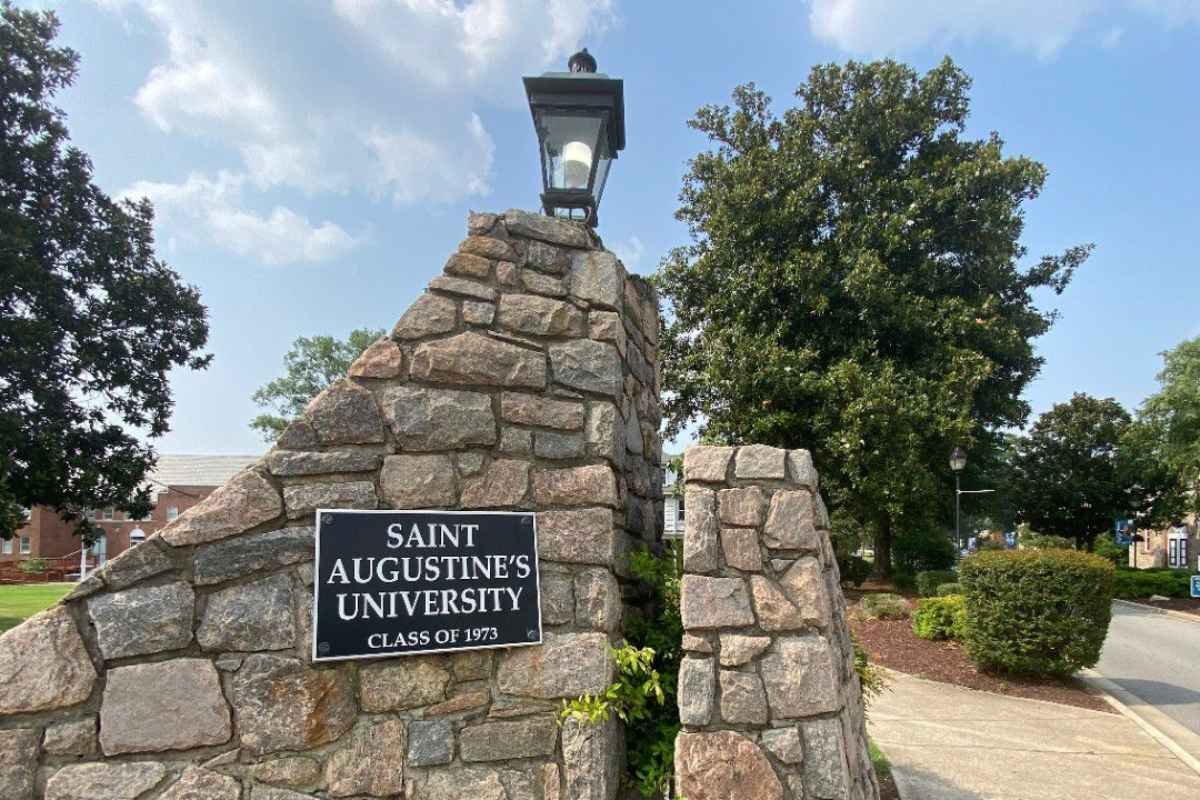
Saint Augustine’s University stands out on lists of the worst colleges in America because of its extremely low graduation rate, just 26%. Students often leave with significant debt and limited career readiness. For women, especially those pursuing STEM or business, the support services feel outdated or missing. The academic resources are stretched, and mentoring is rare. Many female students report feeling isolated, with minimal clubs or organizations to join. Given the low return on tuition and poor job placement, it’s a risky choice. The school also lost accreditation recently, worsening the outlook for graduates.
- Issue: The Graduation rate is approximately 26%. Debt per student averages $29,669.
3. Lindsey Wilson College
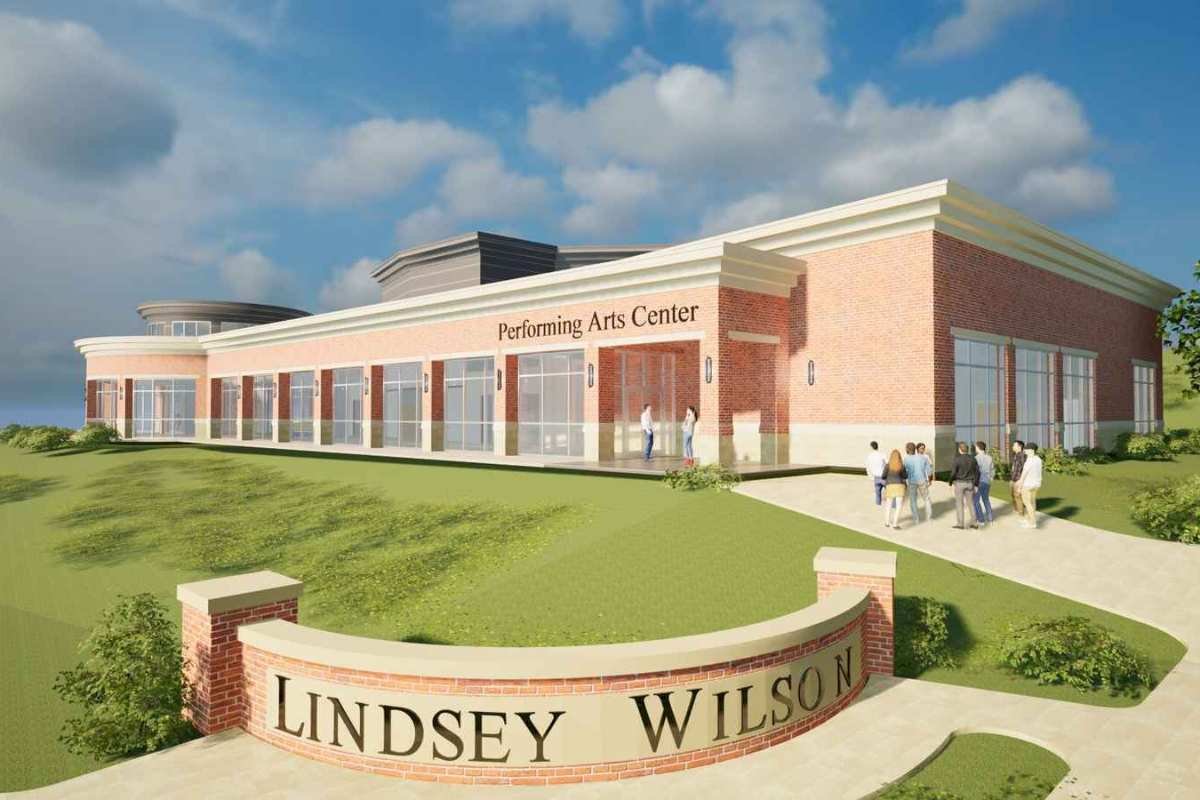
Only about 33% of students graduate, and those who do earn around $27,000 annually, barely enough to cover their student debt. Lindsey Wilson College is often included in rankings of the worst colleges in America due to its low graduate earnings and weak completion rate. Women at the college face additional challenges, such as limited representation in leadership and a lack of women-focused programs. The rural campus also lacks professional networking opportunities. It’s a tough place to thrive, both academically and socially. The cost simply outweighs the value offered.
- Issue: The Graduation rate is only 33%. The median salary after graduation is approximately $27,000.
You may also like: 6 Best Online Universities for Busy Working Professionals
4. Grambling State University
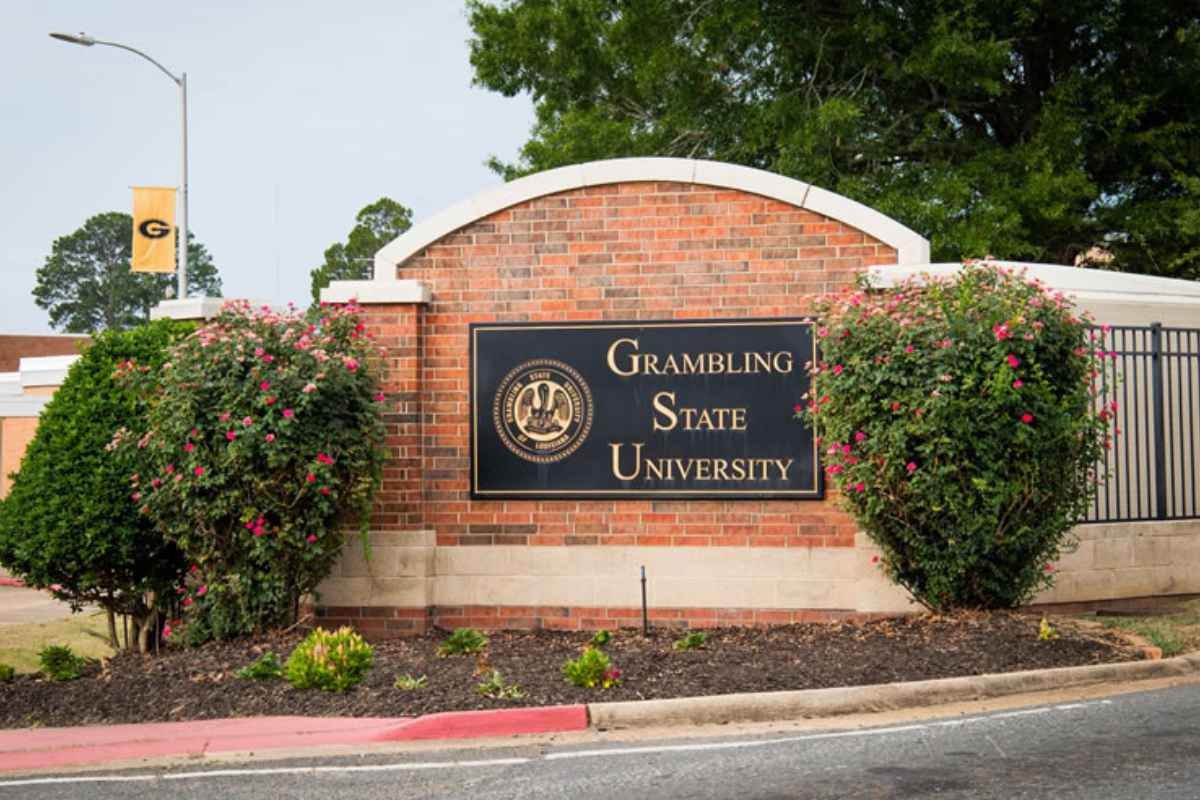
The school’s infrastructure and student services often fail to meet basic expectations. Female students, in particular, face challenges with campus safety and limited access to academic counseling or peer support. While it has historical significance as an HBCU, many feel the current leadership isn’t doing enough to modernize. Graduation and career placement rates remain low, which makes the high cost feel unjustified. Grambling State University regularly appears to be underfunded and struggling with high dropout rates.
- Issue: Severely underfunded. High dropout rate and limited student support.
5. Coppin State University

Coppin State University is sometimes cited among the worst colleges in America because students leave with low earnings and often fail to graduate on time. Many programs lack updated curricula, and the job placement support is weak. Women find few role models in key fields like business or tech. Clubs and mentoring groups for women are rare, and campus life is generally quiet and disconnected. It’s hard to justify the tuition for what students receive. Overall, the college underdelivers in almost every major area.
- Issue: Low student earnings after graduation. Completion rates are also weak.
6. Alabama State University
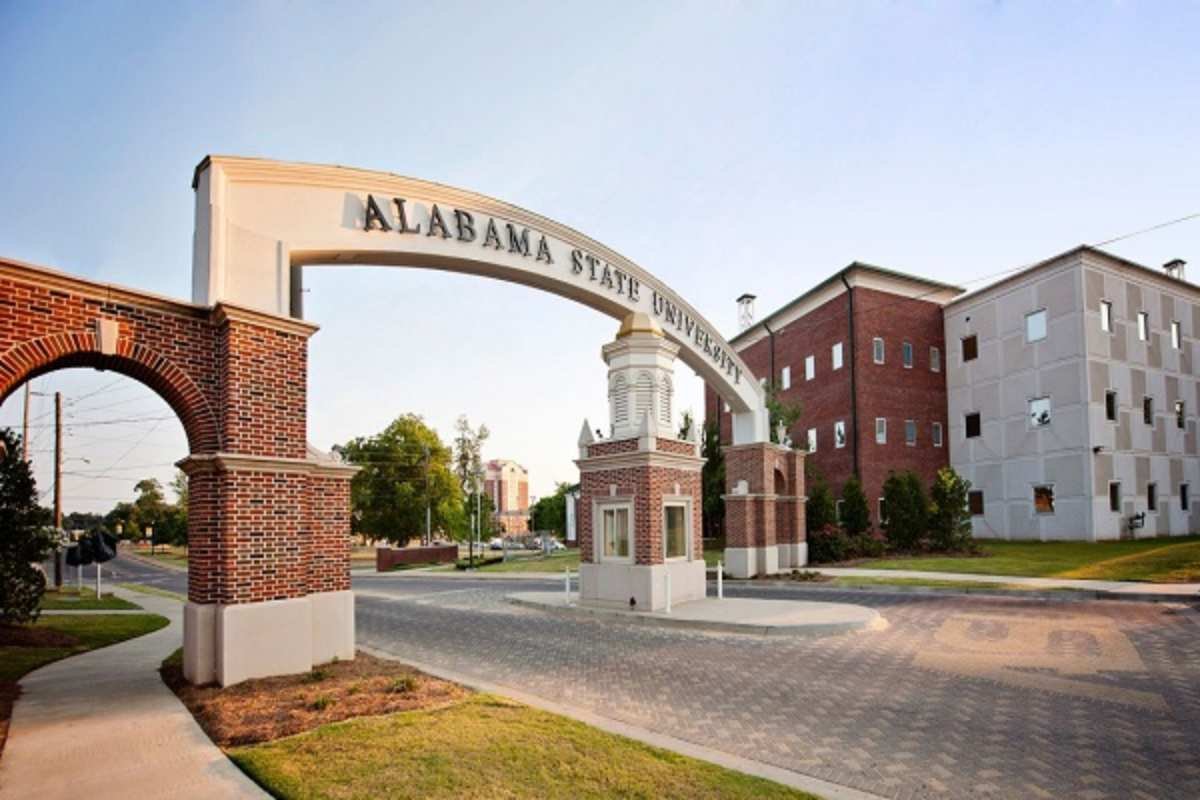
Alabama State University ranks among the worst colleges because of its poor post-grad outcomes. Students often graduate with high debt but earn too little to repay it. Many feel the school fails to prepare them for the job market. Female students have reported limited professional development and a shortage of academic support. Safety is another concern, with reports of slow response to campus issues. While the school has a history, its modern performance metrics are disappointing. Most students expect more for the cost.
- Issue: Poor economic return for graduates. High debt with minimal salary gain.
7. Clark Atlanta University
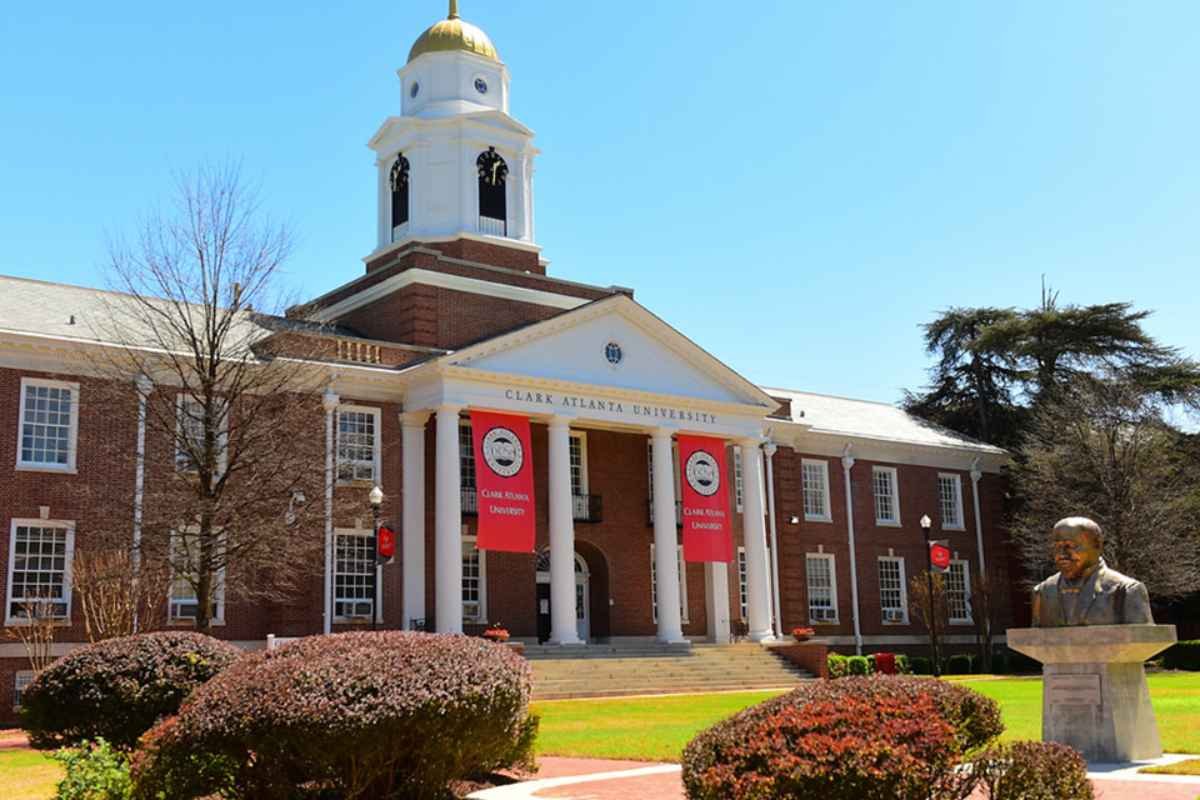
Clark Atlanta University is listed among the worst colleges because of its low value score. While it has a rich cultural legacy, it fails to offer the academic outcomes and salaries that students expect. Female students often report a lack of hands-on guidance and networking. Graduation rates are below average, and the cost of attendance is high. It’s easy to fall through the cracks here if you don’t already have a support system. Despite strong branding, the actual value doesn’t measure up.
- Issue: Low economic value score compared to the tuition cost.
8. Bethune-Cookman University

Due to its financial burden and low graduate income, Bethune-Cookman University frequently appears on the worst colleges in America lists. Students often leave school deep in debt, only to find limited job prospects. For women, the lack of mentorship and career support feels especially disappointing. Many female students say the campus is quiet and resources are outdated. Leadership programs are rare, and academic advising is inconsistent. This leaves many struggling to build a successful path post-graduation. The price simply doesn’t match what’s delivered.
- Issue: High student debt. Post-graduation income remains below average.
9. ECPI University
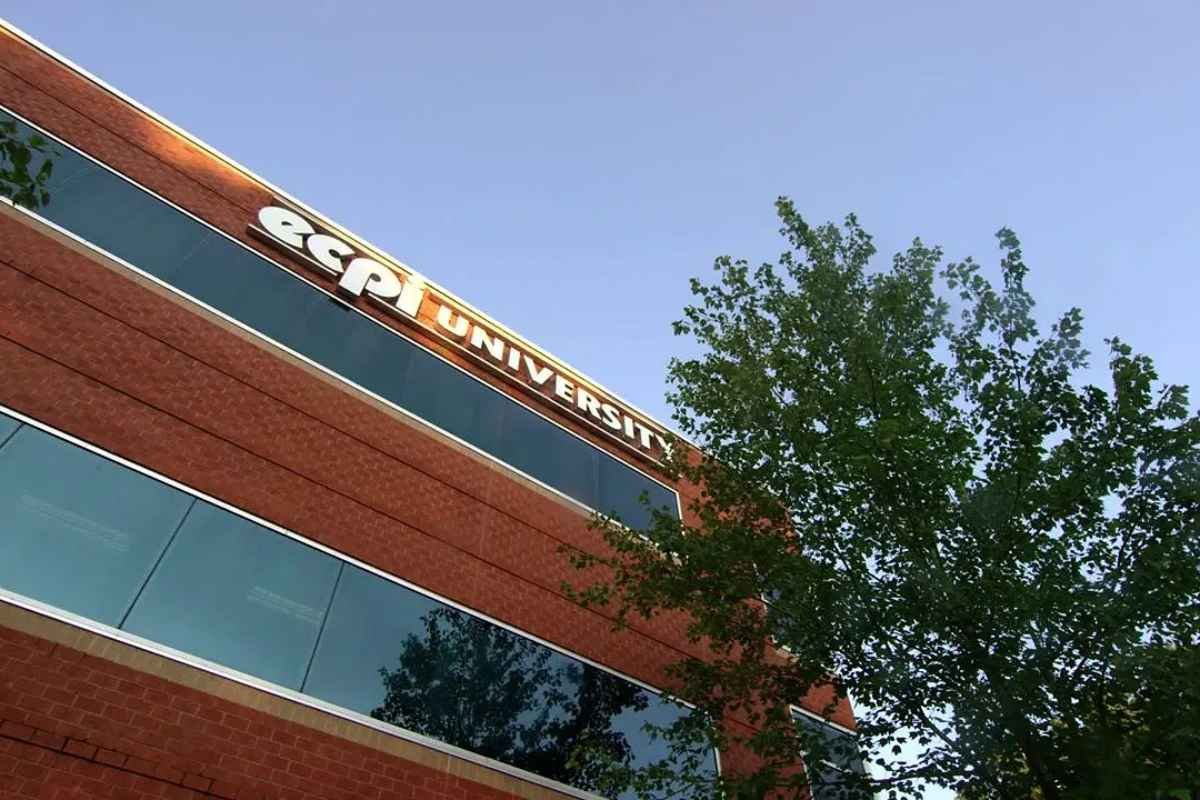
ECPI University is commonly recognized as the worst colleges in America because of its very low graduation rate and poor job outcomes. The majority of students don’t finish their degrees, and those who do rarely find high-paying work. Women pursuing tech or healthcare degrees here often find little support or representation. The fast-track structure leaves little room for proper guidance. It feels more like a job training center than a real college. For the price, students expect more value and structure.
- Issue: Very low graduation rates. Earnings after graduation are poor.
10. Waldorf University
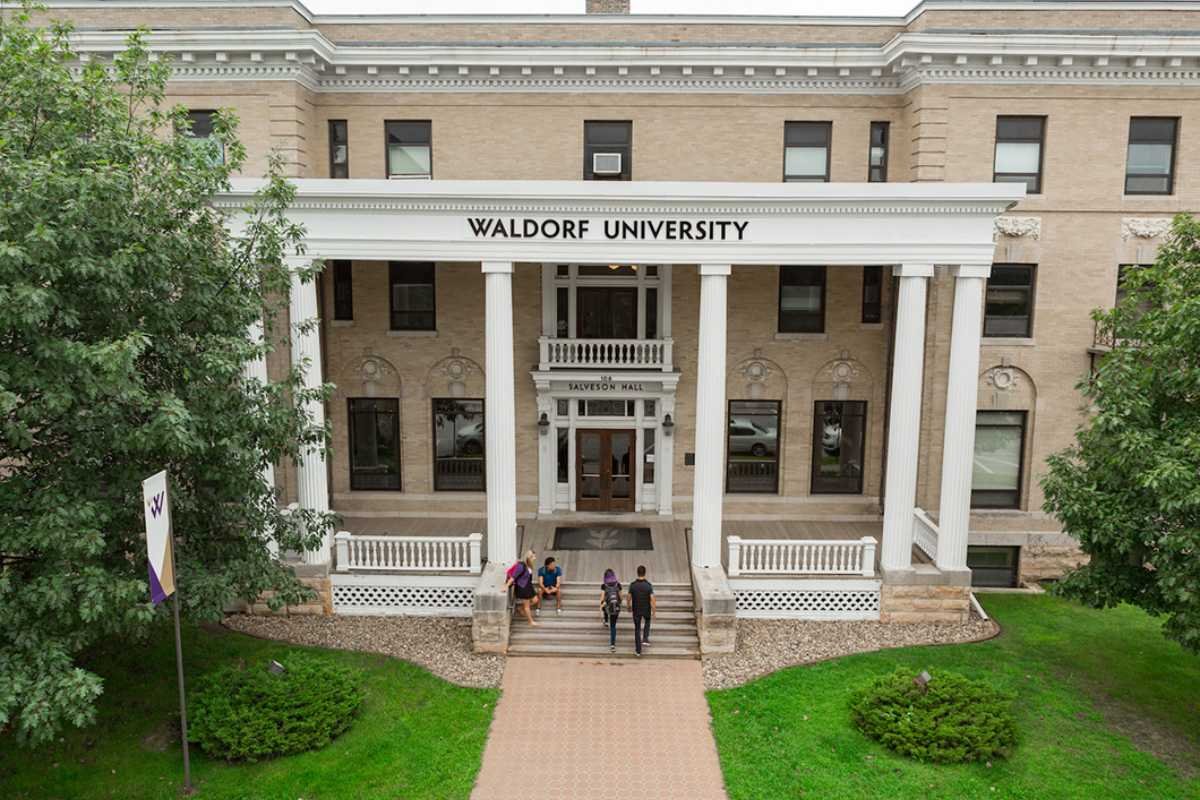
Waldorf University makes it on many worst lists because of its low economic value. Tuition is high, but salaries for graduates don’t keep up. Graduation rates hover on the low side, and there’s a lack of campus community. Female students have said there aren’t enough leadership or STEM opportunities. Resources are thin, and professional development is minimal. The college also lacks strong alumni networking. Overall, it’s not a good investment for most students, especially women seeking mentorship.
- Issue: Weak economic value. High cost for little return.
11. Keiser University (Florida)

Keiser University in Florida is often mentioned among the worst colleges in America for offering a poor return on investment. Students rack up debt, yet their post-grad earnings are usually underwhelming. Women pursuing degrees in health and business feel overlooked. Advising feels rushed, and class sizes are inconsistent. Many students leave mid-program due to rising costs and unclear direction. Though it markets itself aggressively, the outcomes just don’t match the pitch. It’s not the ideal place to build a strong foundation.
- Issue: Students face high debt. Career outcomes do not justify tuition fees.
12. Academy of Art University (San Francisco)

Graduates often report difficulty finding work in creative industries despite massive student loans. The Academy of Art University is widely listed among the worst colleges in America due to high debt and poor job placement. For women, especially in male-dominated design fields, support is minimal. The career services are weak, and internships are hard to secure. The school feels disconnected from real industry needs. Tuition is steep, and many students regret enrolling. It’s more hype than substance.
- Issue: Alumni report long-term student debt. Median income post-grad is low.
13. New England College
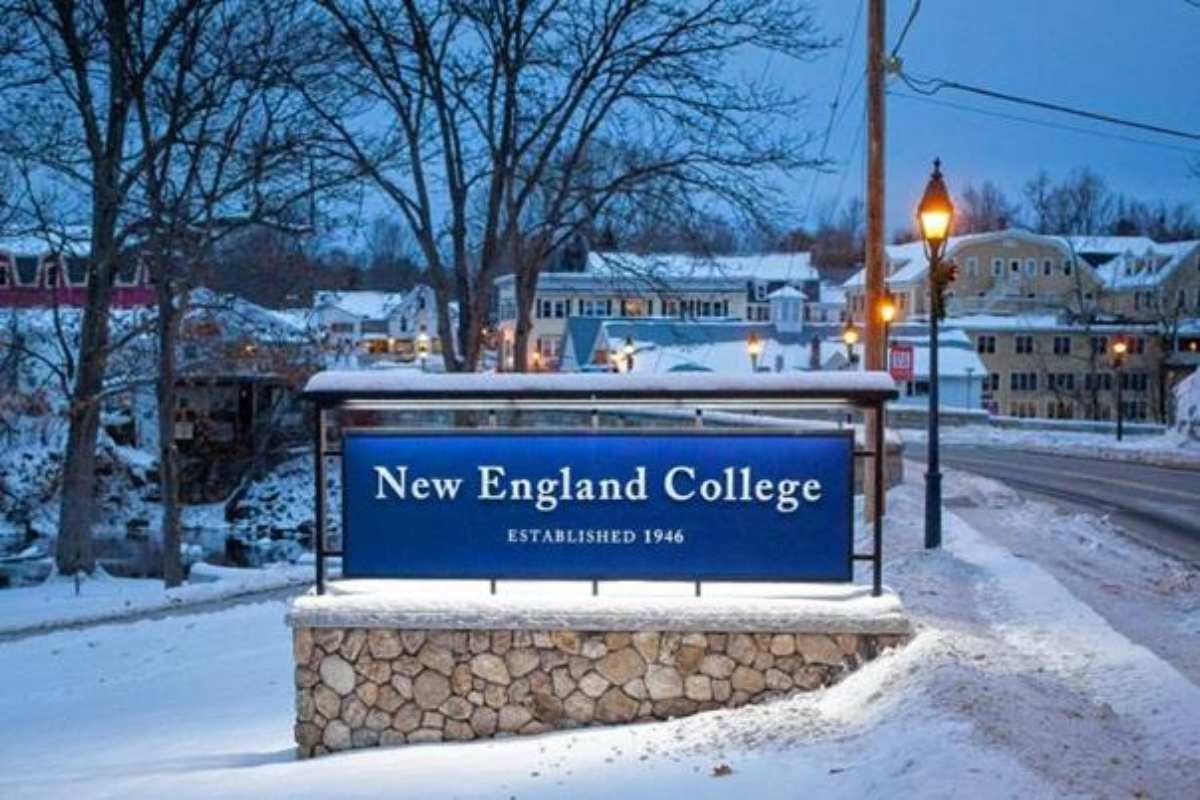
New England College is often viewed as worst colleges because of its poor completion rate and weak job outcomes. The curriculum is broad but shallow, and many programs lack accreditation. Women at the school struggle with limited access to mentoring or peer support. The campus is small, and opportunities feel scarce. Classes often don’t lead to direct career paths. For the price, most students expect stronger preparation for the workforce. Unfortunately, many leave unprepared.
- Issue: Low graduation rate and disappointing post-grad salaries.
14. Johnson & Wales University – Providence
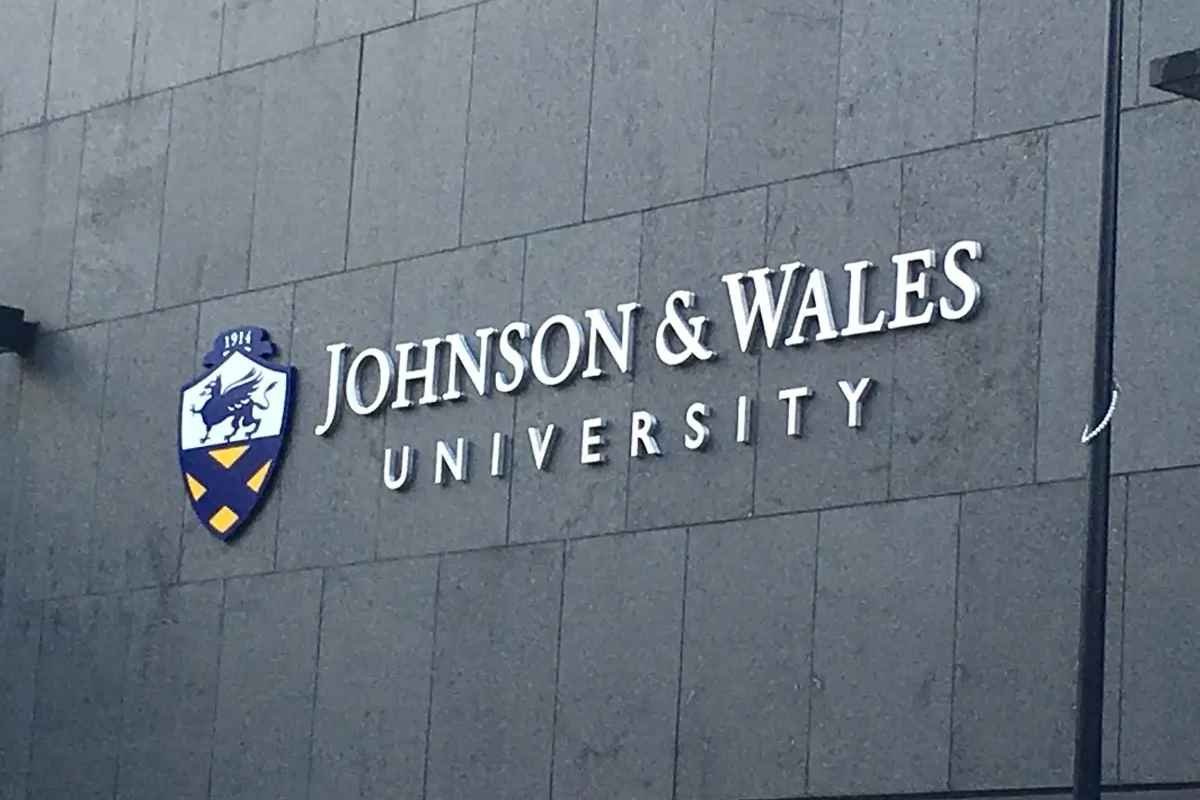
Tuition is high, yet job placements and starting salaries are low. Many female students feel sidelined in business and hospitality programs, where men still dominate leadership roles. There’s a clear lack of female mentors and resources. Though the campus looks nice, what happens after graduation is less impressive. Too many students feel let down by what’s promised vs. what’s delivered.
- Issue: Poor economic score. High cost for below-average income.
15. South Carolina State University
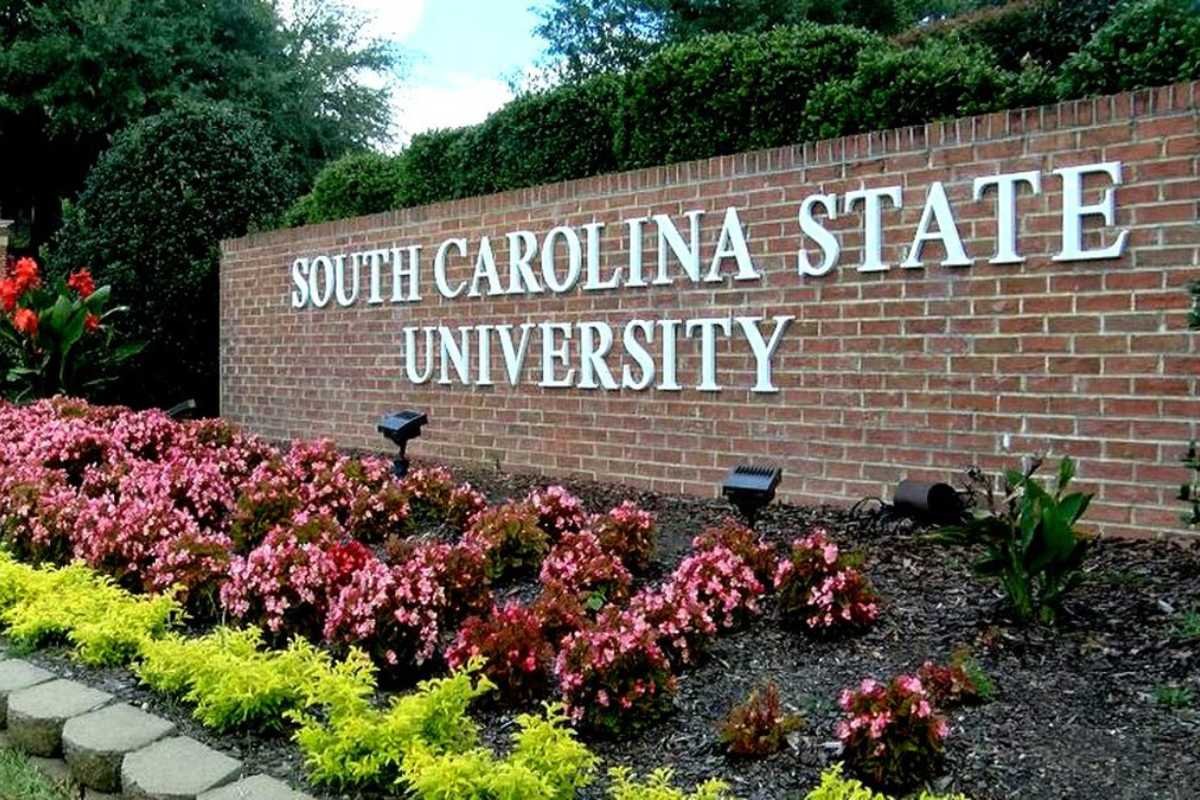
Students often graduate with more debt than they can manage. Female students lack access to career development programs and leadership training. The campus itself suffers from aging infrastructure and limited extracurricular options. South Carolina State University is regularly featured among the worst colleges in America due to a high student loan default rate and poor career services. While the school has potential, the current outcomes make it a hard sell. Most students expect a stronger start to their careers.
- Issue: High rate of student loan defaults. Weak career support services.
16. Alcorn State University
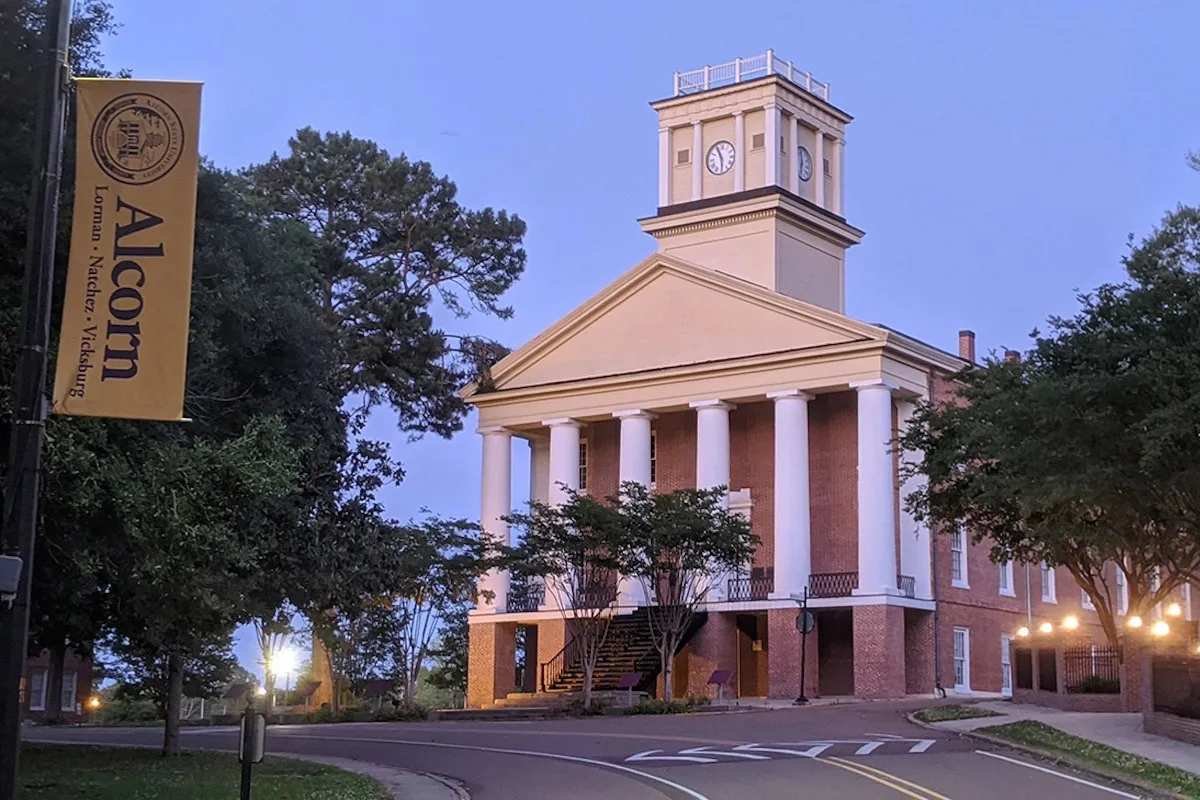
Alcorn State University has earned a place for its weak graduation rate and lackluster job support. Though it has historical value, its programs often feel outdated. Female students in particular find the lack of professional networks and clubs frustrating. Safety and housing quality are also recurring concerns. Many students say they feel stuck rather than supported. The long-term benefits simply don’t justify the upfront costs.
- Issue: The College ranks low in national value. Salary-to-debt ratio is poor.
17. Lincoln University

Lincoln University is frequently mentioned in discussions about the worst colleges in America due to its poor economic score and graduation struggles. Women on campus have shared concerns about support systems, safety, and limited academic guidance. While it has a rich cultural legacy, the institution has fallen behind on key metrics. It’s a place where ambition meets limited opportunity. Many students wish they had more resources to succeed.
- Issue: One of the lowest economic performance scores among U.S. colleges.
18. Unity College
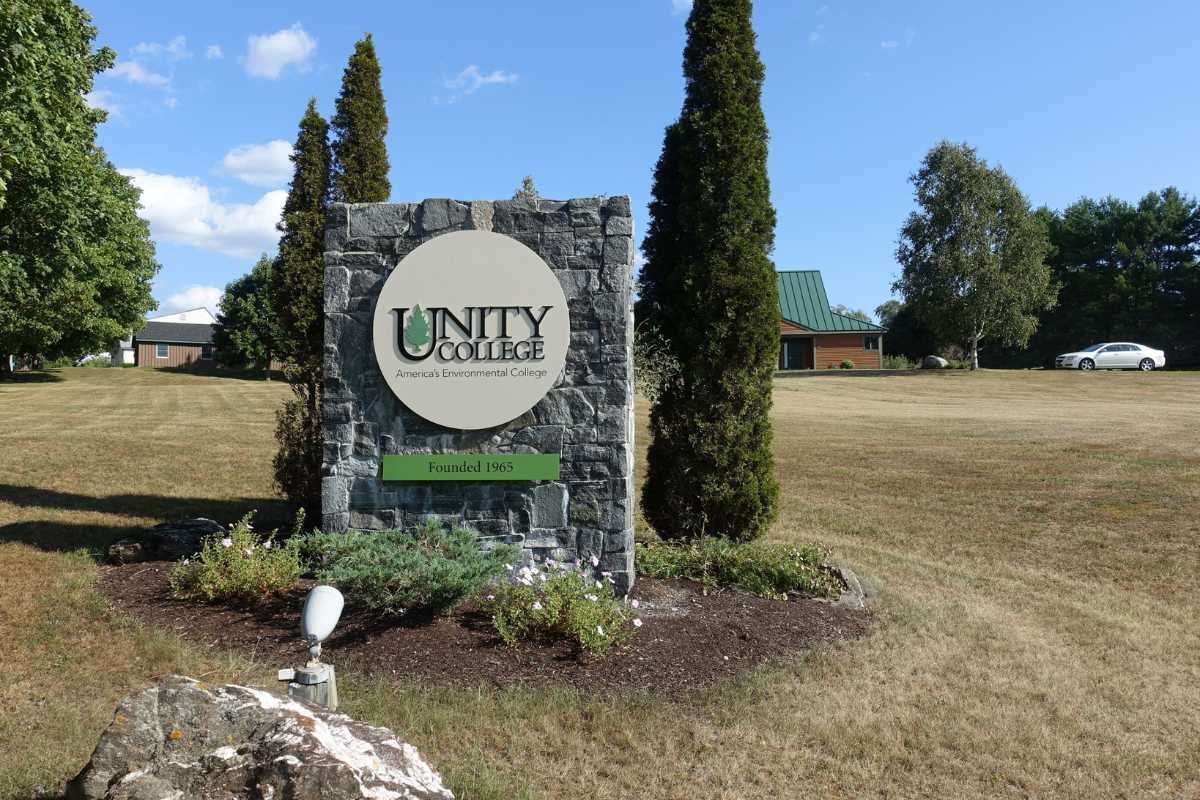
Despite its environmental focus, students say the school lacks practical job placement help. Female students in science fields often feel unsupported and underrepresented. The cost of attendance keeps climbing while career results don’t improve. Unity College is now seen as one of the worst colleges in America because of high student debt and low post-grad income. That’s a tough combo. Unity’s mission is noble, but its outcomes fall short.
- Issue: Students report high debt. Career outcomes are not aligned with the cost.
19. National American University – Rapid City
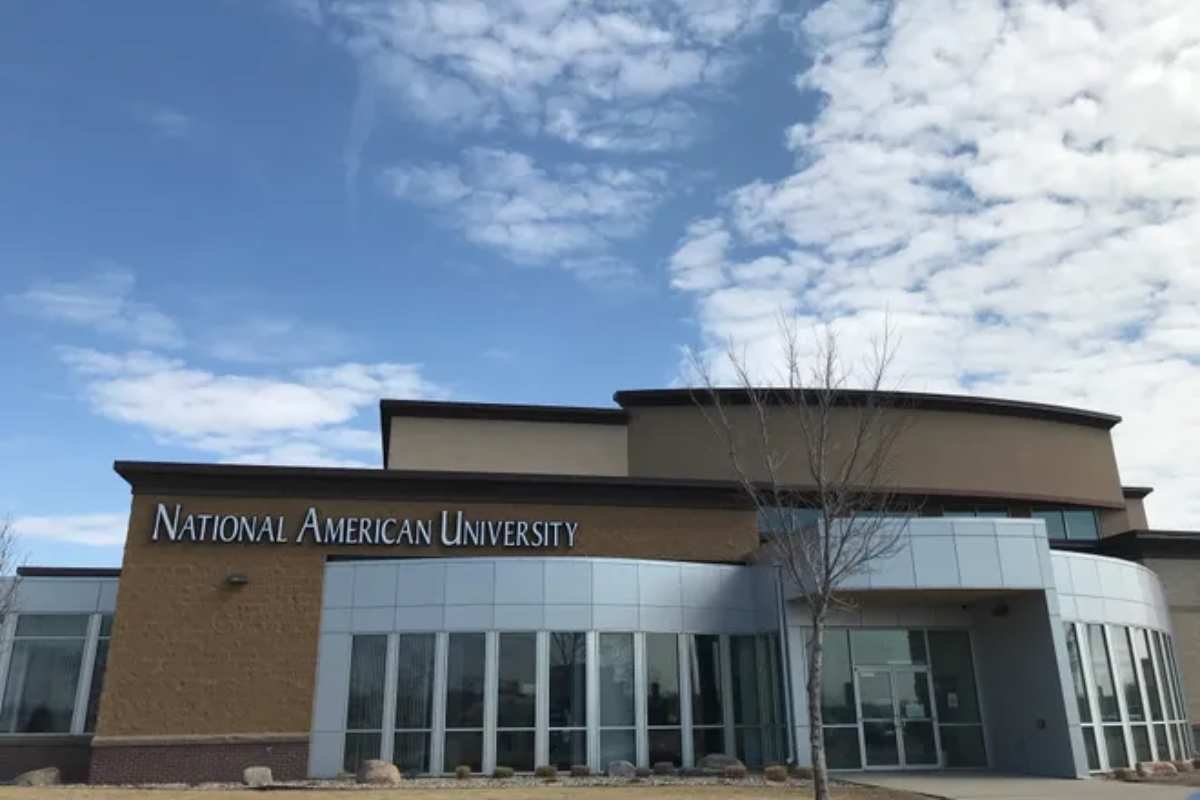
National American University in Rapid City has been the worst for very low graduation rates and poor career outcomes. Many students start but never finish. Those who do often carry heavy debt with little return. Female students in healthcare and IT programs report limited support and confusing course structures. The campus is small and lacks vibrancy. It’s a school where success feels like an uphill battle from day one.
- Issue: Graduation rates and post-grad earnings are extremely low.
20. University of Rio Grande
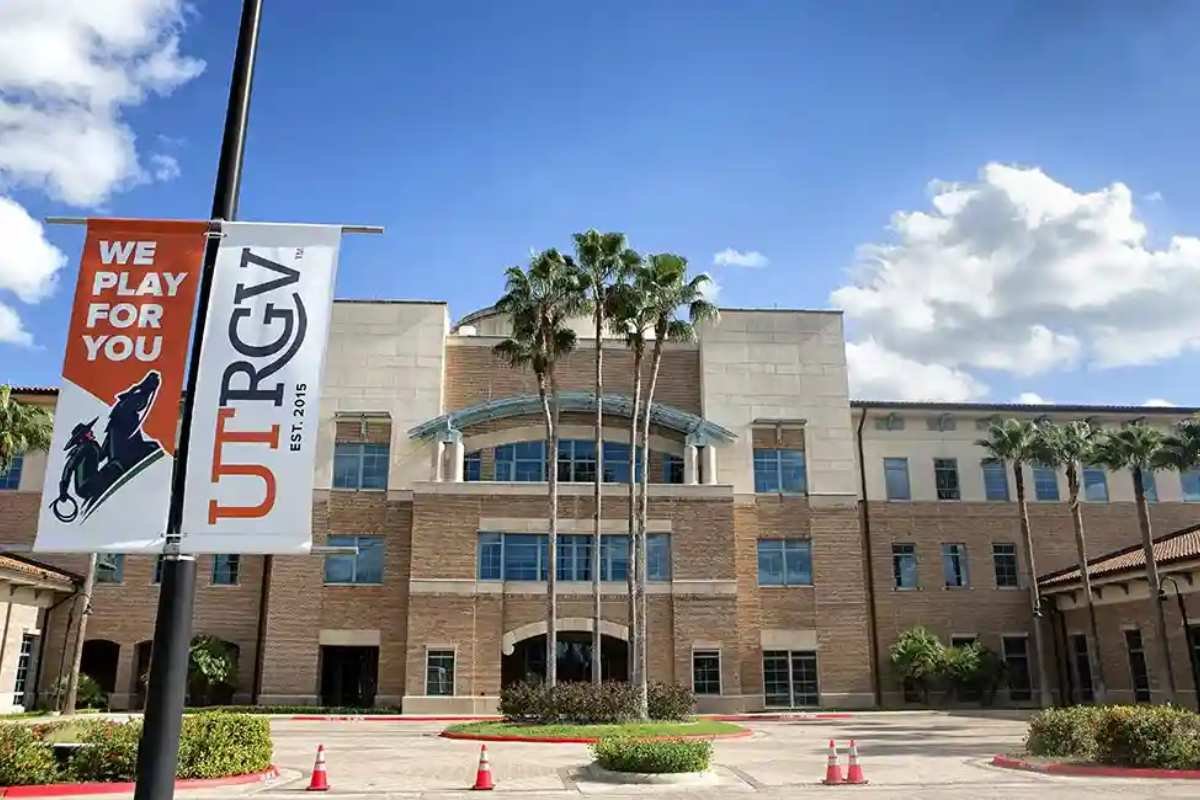
This is the worst college list because of its weak workforce outcomes and poor value. Students struggle to find good jobs after graduating. Women pursuing business and education degrees report a lack of career guidance and real-world experience. Resources are stretched thin, and few internships are offered. Though the school has a rural charm, the results simply don’t add up. It leaves many wondering if the cost was worth it.
- Issue: Poor workforce outcomes. Many graduates are underemployed.
What makes Certain Colleges Rank Among the Worst Colleges in America?
1. Low graduation rates
Schools with graduation rates in the single digits or low teens routinely earn harsh labels. Harris‑Stowe State University, University of Maryland Global Campus, and East Georgia State College have rates between 6% and 8%.
2. Accreditation troubles
Saint Augustine’s University lost accreditation in July 2025 following prolonged financial mismanagement and non‑compliance with SACSCOC standards. Loss of accreditation eliminates eligibility for federal aid and jeopardizes degrees.
3. Poor economic value
Many of the worst colleges in America are for-profit institutions, like Strayer University, where graduation rates sometimes fall below 14%, with high default rates and negative return on investment. ThinkImpact’s 2025 list includes Florida Memorial University and Grambling State due to high debt and low earnings.
4. Safety and misconduct issues
Liberty University was fined $14 million in 2024 after federal findings showed systematic underreporting of sexual assaults and retaliation against survivors, a serious safety breach for women on campus.
5. Free‑speech or campus climate concerns
While elite colleges like Harvard, Columbia, and NYU aren’t typical picks for “worst colleges,” they do rank at the bottom in the 2025 FIRE free speech index, meaning stifled student expression and limited academic tolerance. A closed environment can make these schools unwelcoming for women from marginalized backgrounds.
Additional schools are often cited among the worst colleges in America
From Reddit and other ranking sites:
“Lindsey Wilson University · Shaw University · University of Alaska Anchorage…” appear in community lists, labeling them among the worst due to poor outcomes and lack of resources. Lindsey Wilson in Kentucky is notably low in graduation and earning rates.
Other institutions repeatedly flagged include DeVry University, University of Phoenix, and Grand Canyon University, typically criticized for predatory recruiting, high loans, and poor career outcomes.
Women face extra challenges at the worst colleges in America
- Safety and Title IX failures: As seen at Liberty, male‑dominated cultures and administrative retaliation discourage reporting assaults on campus.
- Single parents and financial strain: Case study - Dorian Ford at Grambling State shows the struggle of raising kids while finishing college, often without adequate support services or flexible policies.
- Lack of female mentorship & clubs: Smaller, underfunded schools often lack active women’s networks, wellness centers, childcare, or scholarship supports tailored to women.
- Academic isolation: Low female participation in STEM programs at many of these institutions means women may feel isolated or unsupported.
The reasons these worst colleges in America fail women
Women often find these worst colleges in the US extra uninspiring because many lack support programs, safety, mentorship, strong STEM pipelines, or active women’s networks:
- Several listed schools are HBCUs or regional colleges with limited resources, leaving women with crowded classes and minimal guidance.
- Data shows a very low representation of women in STEM at many of these colleges. Low female enrollment and graduation in key fields add to isolation.
- Campus safety reporting is weak at underfunded campuses, making female students feel vulnerable.
- Women’s clubs, leadership workshops, childcare support, and wellness centers are often missing.
- Testimonials: One single mother at Grambling State described balancing study and life while resources lagged, reflecting a systemic gap for women.
So many women label these the worst colleges in America: dull, risky, or unfriendly.
How to avoid these pitfalls?
- Focus on schools with at least 50% graduation rates and stable accreditation.
- Check Clery Act safety data and Title IX policies.
- Look for active women’s programming, STEM support, and childcare access.
- Review alumni earning outcomes and loan repayment rates.
- Read student reviews and free‑speech climate data (e.g., FIRE index) to gauge campus openness.
Conclusion
Just like our lives are too short to waste on one of the worst colleges in America, especially if you are a woman who deserves mentorship, safety, strong academics, and value. These schools fall short on all counts: economy, support, career readiness, and campus life. If you want to thrive and feel empowered, skip the dull, under‑resourced places. Aim for colleges that lift you. Say yes to smart choices, not the worst colleges in America. Your future thanks you.
Thanks for reading
see next
“12 Best Online Schools for Entrepreneurs“



